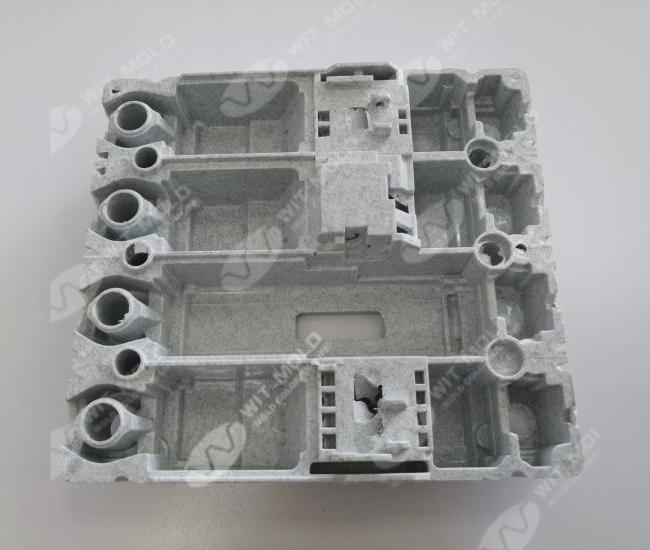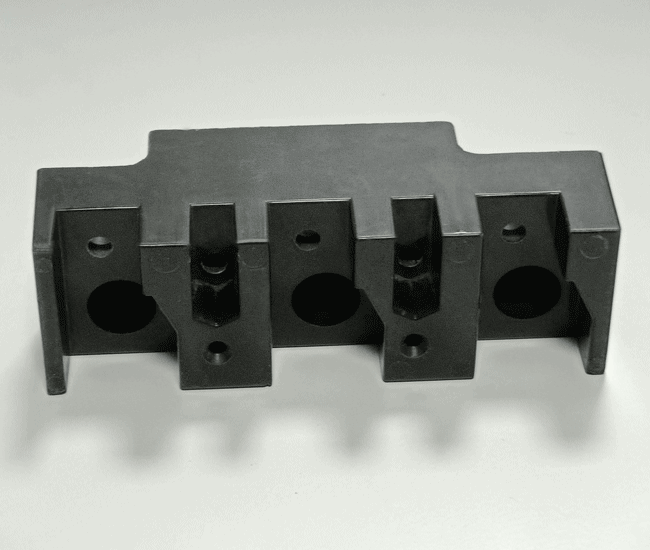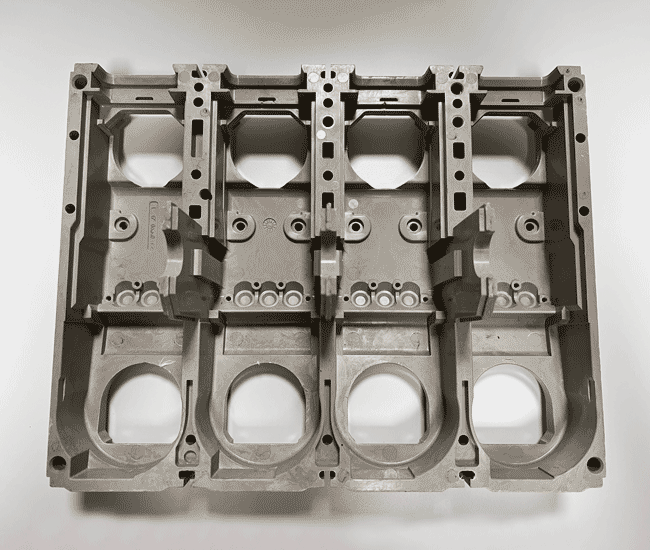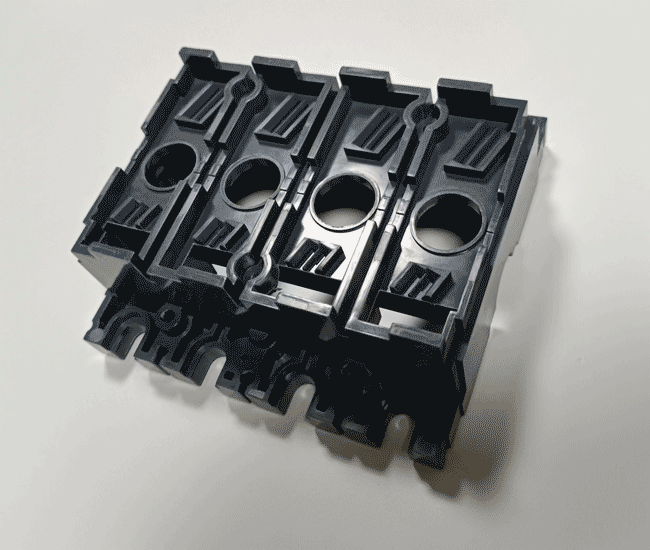WIT MOLD, a company specializing in mold manufacturing and injection molding services, has expertise in thermoset molding. Thermoset molding at WIT MOLD involves creating molds for thermosetting materials, which are crucial for producing durable, heat-resistant parts for various industries.
Key Aspects of Thermoset Molding
- Materials:
- Thermosetting Polymers: These include epoxies, phenolics, polyesters, and silicones. These materials undergo a chemical reaction when heated that causes them to harden into a set shape.
- Reinforcements: Often, thermosets are reinforced with materials such as glass fibers, carbon fibers, or aramid fibers to enhance their mechanical properties.
- Process:
- Mixing and Preparation: The thermosetting polymer is mixed with any necessary additives and fillers to form a compound. This compound is then partially polymerized to a stable, uncured state (often referred to as “B-stage”).
- Molding: The compound is placed into a mold. Several molding techniques can be used:
- Compression Molding: The compound is placed in an open, heated mold cavity. The mold is closed, and heat and pressure are applied to shape and cure the material.
- Transfer Molding: The compound is preheated and then forced into a closed mold through a transfer chamber. This process allows for more intricate shapes and is used for more complex parts.
- Injection Molding: Similar to thermoplastic injection molding, but for thermosets. The compound is heated and injected into a mold where it cures.
- Curing: The material undergoes a curing process where it is permanently set. This is typically done by applying heat, which activates the chemical reaction that cross-links the polymer chains.
- Cooling and Demolding: After curing, the mold is cooled, and the solidified part is removed.
- Advantages:
- Durability: Thermoset materials are highly durable and resistant to heat, chemicals, and wear.
- Dimensional Stability: Once set, these materials maintain their shape and do not deform under stress.
- Cost-Effective: For high-volume production runs, thermoset molding can be very cost-effective due to the relatively low cost of raw materials and the ability to produce complex shapes without extensive machining.
- Applications:
- Automotive Parts: Components like brake pistons, distributor caps, and electrical housings.
- Electrical and Electronics: Insulators, circuit breakers, and connectors.
- Household Items: Cookware handles, appliance housings, and adhesives.
- Industrial Equipment: Gears, pump components, and machine parts that require high strength and resistance to environmental factors.
- Challenges:
- Processing Complexity: The curing process needs precise control over temperature and pressure.
- Waste Management: Once cured, thermosets cannot be remelted or reshaped, leading to potential waste disposal issues.
- Tooling Costs: High initial costs for tooling and molds, although these costs are offset over large production runs.
Thermoset Molding Techniques
- Compression Molding:
- Process: The material is placed in the mold cavity, and then a heated press closes the mold, applying pressure. The material flows and conforms to the shape of the mold. Heat is applied to cure the material.
- Applications: Large, relatively simple parts with consistent cross-sections, such as automotive parts and kitchenware.
- Transfer Molding:
- Process: The material is placed in a chamber, heated, and then transferred into a mold through a plunger or piston. The mold is then heated to cure the material.
- Applications: More complex shapes than compression molding, such as electrical components and precision parts.
- Injection Molding:
- Process: The material is heated until it becomes flowable and then injected into a mold where it cools and cures. This process is similar to injection molding for thermoplastics but requires precise control to avoid premature curing.
- Applications: High-precision, intricate parts with high dimensional stability, such as medical devices and consumer electronics components.
Related:
What Is Thermoset Molding?
Advantages And Disadvantages of Two-shot Injection Molding
Two-Shot Molding vs. Overmolding

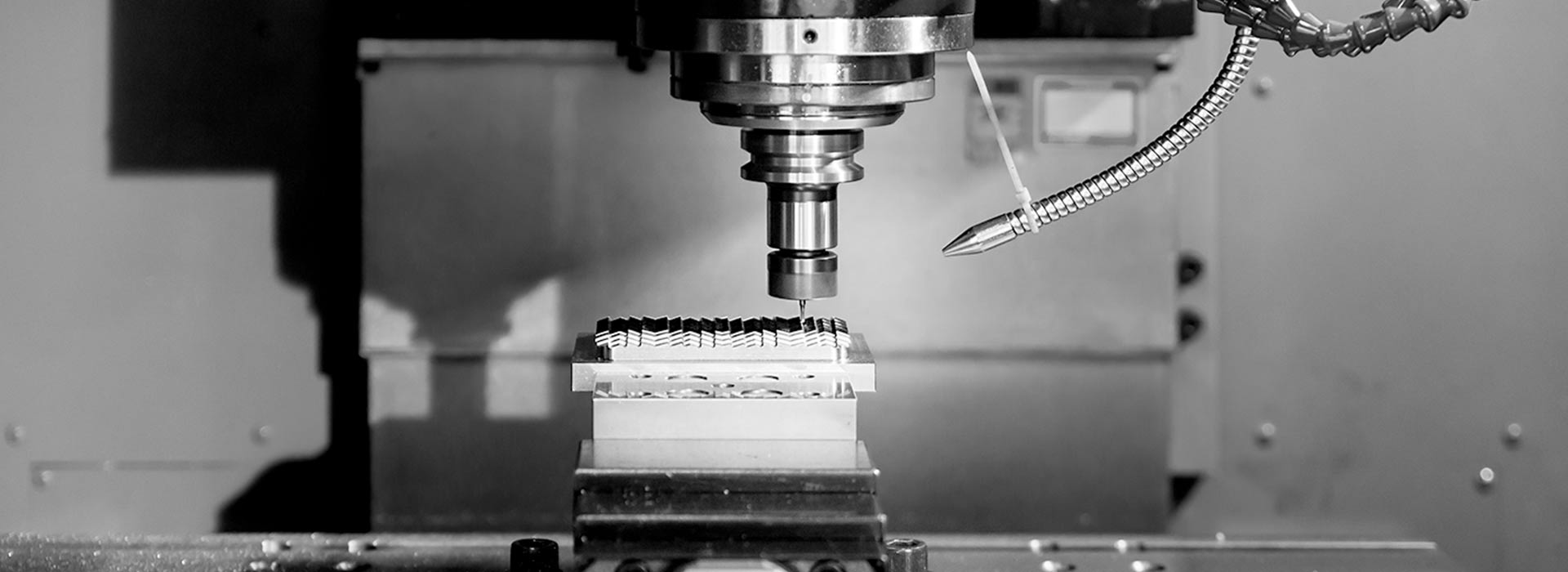
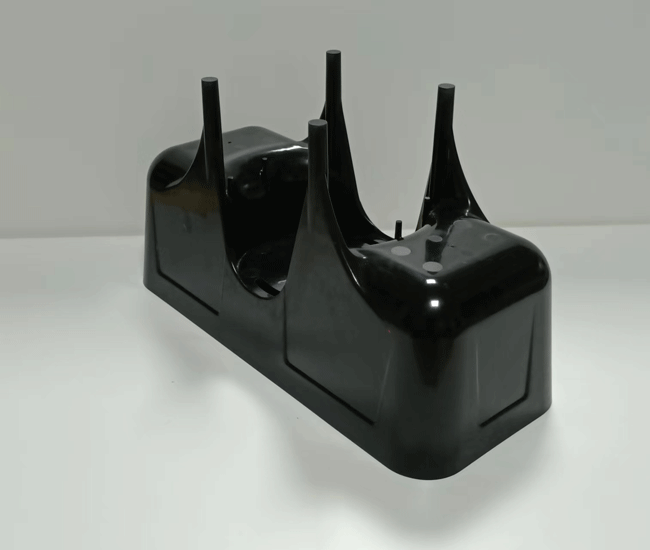
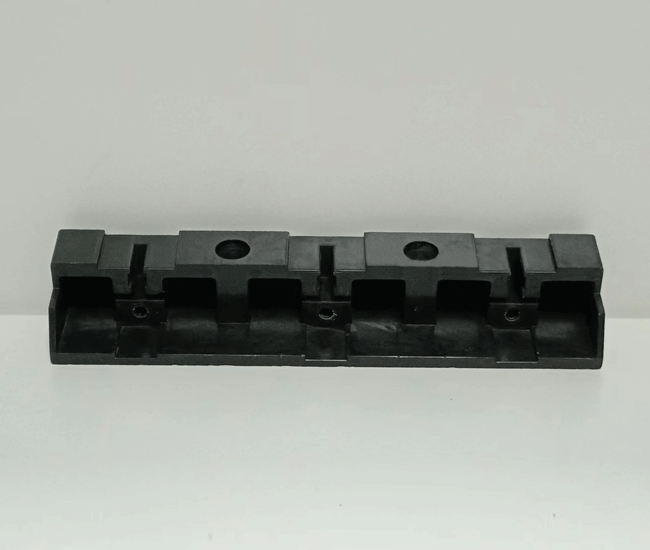
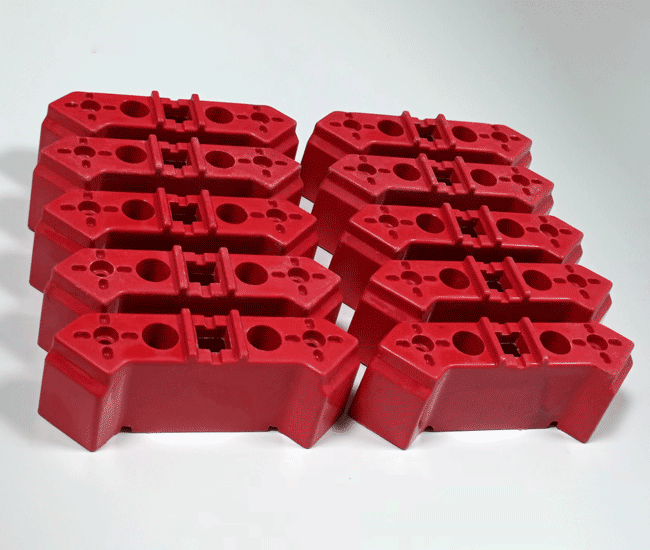

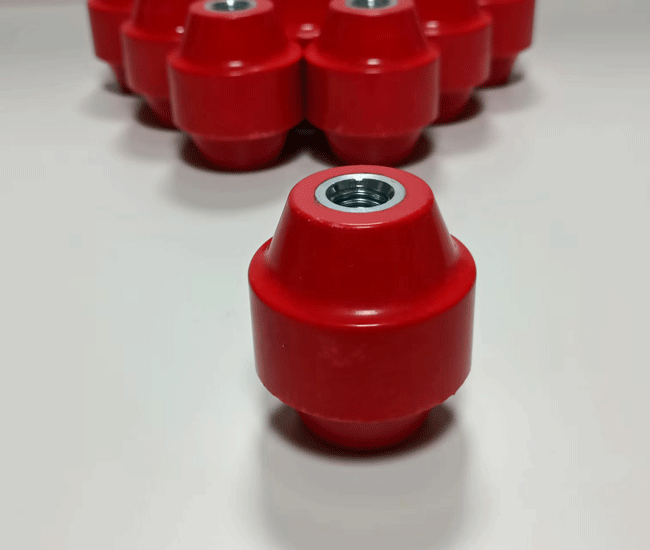
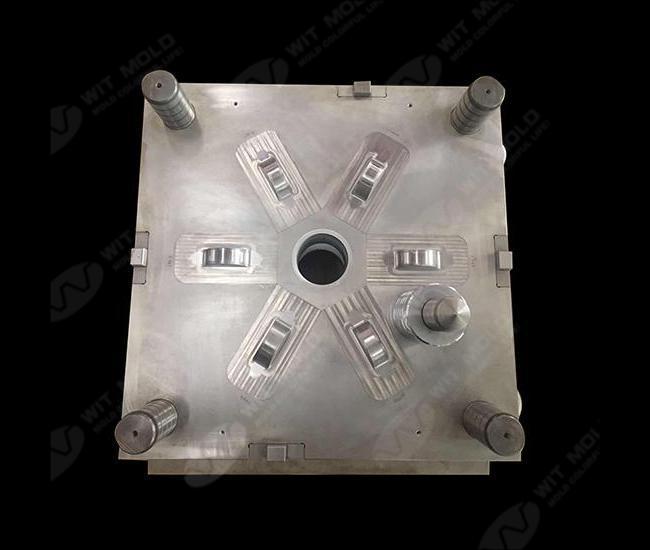
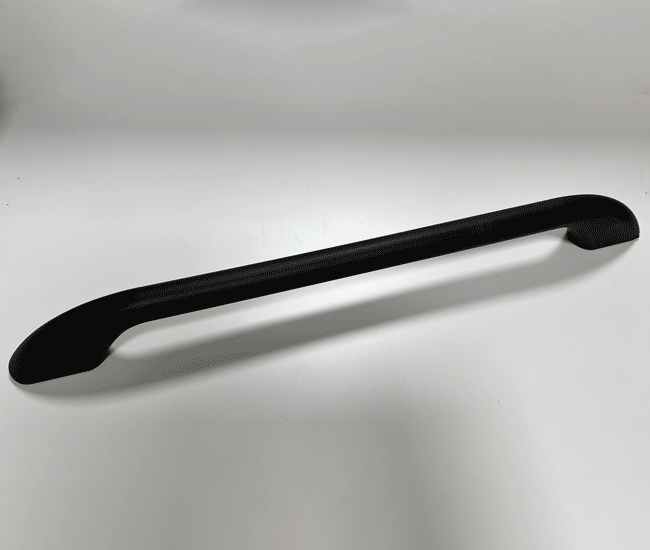
-2.png)
